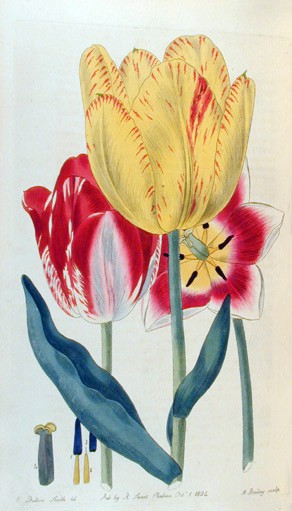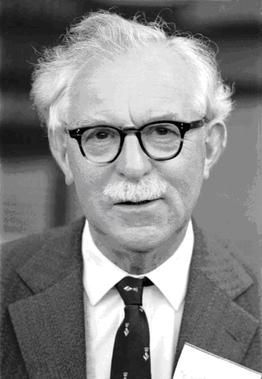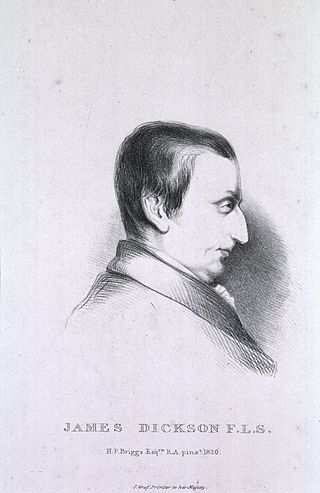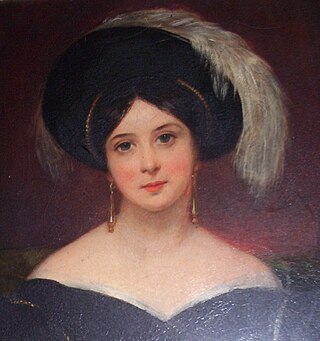Related Research Articles

George Bentham was an English botanist, described by the weed botanist Duane Isely as "the premier systematic botanist of the nineteenth century". Born into a distinguished family, he initially studied law, but had a fascination with botany from an early age, which he soon pursued, becoming president of the Linnaean Society in 1861, and a fellow of the Royal Society in 1862. He was the author of a number of important botanical works, particularly flora. He is best known for his taxonomic classification of plants in collaboration with Joseph Dalton Hooker, his Genera Plantarum (1862–1883). He died in London in 1884.

Sir William Jackson Hooker was an English botanist and botanical illustrator, who became the first director of Kew when in 1841 it was recommended to be placed under state ownership as a botanic garden. At Kew he founded the Herbarium and enlarged the gardens and arboretum. The standard author abbreviation Hook. is used to indicate this person as the author when citing a botanical name.

Richard Anthony Salisbury was a British botanist. While he carried out valuable work in horticultural and botanical sciences, several bitter disputes caused him to be ostracised by his contemporaries.

John Lindley FRS was an English botanist, gardener and orchidologist.

Robert Sweet was an English botanist, horticulturist and ornithologist.
George Don was a Scottish botanist and plant collector.

The Loddiges family managed one of the most notable of the eighteenth and nineteenth century plant nurseries that traded in and introduced exotic plants, trees, shrubs, ferns, palms and orchids into European gardens.

James Drummond was an Australian botanist and naturalist who was an early settler in Western Australia.

William Thomas Stearn was a British botanist. Born in Cambridge in 1911, he was largely self-educated and developed an early interest in books and natural history. His initial work experience was at a Cambridge bookshop, but he also had an occupation as an assistant in the university botany department. At the age of 29, he married Eldwyth Ruth Alford, who later became his collaborator.

Robert Wight was a Scottish surgeon in the East India Company, whose professional career was spent entirely in southern India, where his greatest achievements were in botany – as an economic botanist and leading taxonomist in south India. He contributed to the introduction of American cotton. As a taxonomist he described 110 new genera and 1267 new species of flowering plants. He employed Indian botanical artists to illustrate many plants collected by himself and Indian collectors he trained. Some of these illustrations were published by William Hooker in Britain, but from 1838 he published a series of illustrated works in Madras including the uncoloured, six-volume Icones Plantarum Indiae Orientalis (1838–53) and two hand-coloured, two-volume works, the Illustrations of Indian Botany (1838–50) and Spicilegium Neilgherrense (1845–51). By the time he retired from India in 1853 he had published 2464 illustrations of Indian plants. The standard author abbreviation Wight is used to indicate this person as the author when citing a botanical name.

Sir David Prain was a Scottish botanist who worked in India at the Calcutta Botanical Garden and went on to become Director of the Royal Botanic Gardens, Kew.

James (Jacobus) J. Dickson (1738–1822) was a Scottish nurseryman, plant collector, botanist and mycologist. Between 1785 and 1801 he published his Fasciculus plantarum cryptogamicarum Britanniae, a four-volume work in which he published over 400 species of algae and fungi that occur in the British Isles He is also the editor of the exsiccata work Hortus siccus Britannicus, being a collection of dried British plants, named on the authority of the Linnean herbarium and other original collections (1793–1802).

George Forrest was a Scottish botanist, who became one of the first western explorers of China's then remote southwestern province of Yunnan, generally regarded as the most biodiverse province in the country.
James Forbes was a British gardener and botanist.
William Anderson (1766–1846), was a Scottish horticulturist.

Stephen Blackmore CBE FRSE Royal Society of Biology FLS is a British botanist, who was educated at St. George's School, Hong Kong and the University of Reading where he completed his PhD in 1976 on the "Palynology and Systematics of the Cichorieae". He was elected a fellow of the Linnean Society of London in 1976. He then worked at the Royal Society of London’s Research Station on Aldabra Atoll in the Indian Ocean before being appointed Lecturer in Biology and Head of the National Herbarium and Botanic Garden at the University of Malawi. In 1980, he was appointed Head of Palynology at Natural History Museum in London and from 1990 to 1999 served there as Keeper of Botany. In 1985 he organized, together with Keith Ferguson, the Linnean Society symposium "Pollen and Spores: Form and Function" and in 1990, together with Susan Barnes, "Pollen and Spores: Patterns of Diversification". He was the 15th Regius Keeper of the Royal Botanic Garden Edinburgh from 1999 until 20 December 2013, and was appointed His Majesty's Botanist in Scotland in 2010.

Louisa Lawrence was an English horticulturist in the second quarter of the 19th century.

George Nicholson, was an English botanist and horticulturist, amongst 60 awarded the Victoria Medal of Honour by the Royal Horticultural Society in 1897 for their contributions to horticulture. He is noted for having edited "The Illustrated Dictionary of Gardening", produced as an eight-part alphabetical series between 1884 and 1888 with a supplement, and published by L. Upcott Gill of London. It was also published in New York in 1889 by The American Agriculturist in 4 Volumes.
Francis Blackwell Forbes was an American botanist with expertise in Chinese seed-producing plants who also worked as a merchant and opium trader in Asia.

Ninian Niven was a Scottish horticulturist and landscape gardener.